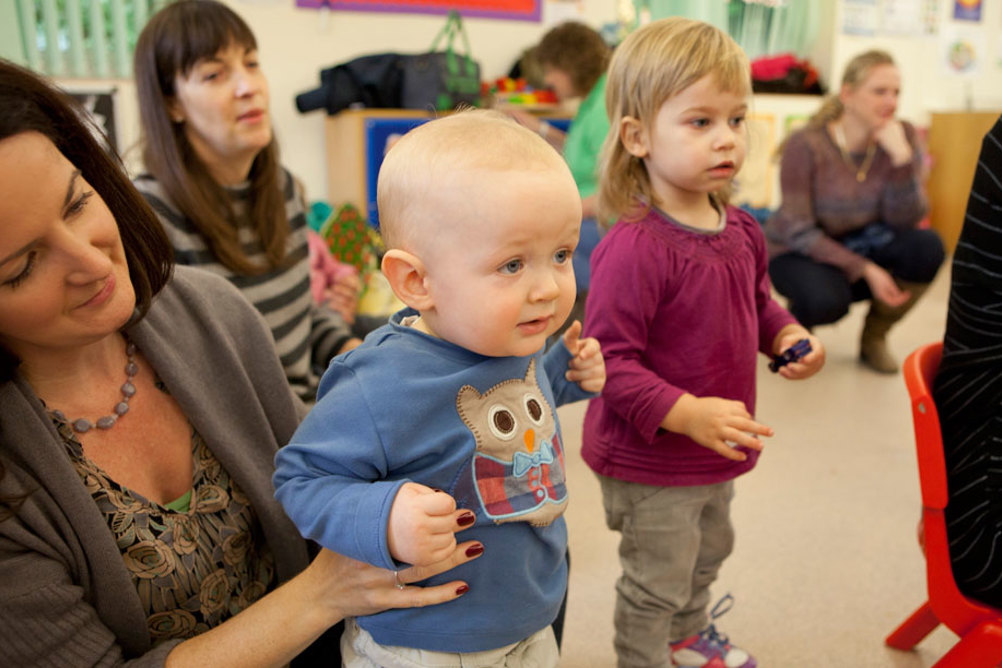
The report, ‘What are children’s centres for’, argues that the lack of consistency and quality of children’s centres across the country makes it impossible for them to be truly effective and accountable.
It claims that despite their nationwide proliferation, there is still low awareness and understanding of children’s centres beyond their immediate target audience of families with young children.
The authors of the report blame a lack of clarity over the purpose of children’s centres on the absence of an overarching objective to describe their work, a broad and undefined menu of services and the disparity of age groups centres need to cater for.
In light of this, they suggest that children’s centres be fully re-modeled so that their ‘core purpose’ is providing ‘early help’ for families with children under five.
They claim that such a move would provide a clear direction for children’s centres to organise their priorities around, and a clearer means for policy makers and professionals to express the fundamental aim and purpose of centres when advocating for them. It would also make it easier to commission services.
The report also recommends that children’s centres are placed on a statutory footing akin to other similar institutions such as schools.
Jonathan Rallings, Barnardo’s assistant director of policy and author of the report, said, ‘Currently children’s centres in England vary enormously and many do not have a clear focus or direction. This can impact hugely on their ability to provide a truly valuable service to families.
‘The development a child undergoes during the first five years of life is faster and more dynamic than at any other time. We need to standardise the quality of service provided by children’s centres to both children and their parents at this critical time in their lives.
‘We have already seen the funding for more than 30 per cent of children’s centres decline under the present Government. There must now be an urgent reframing of their purpose or we risk the vital service that children’s centres provide being eroded away to the detriment of the most vulnerable families and children.’
